A legacy of Bangladeshi architecture on show at the Dhaka Art Summit
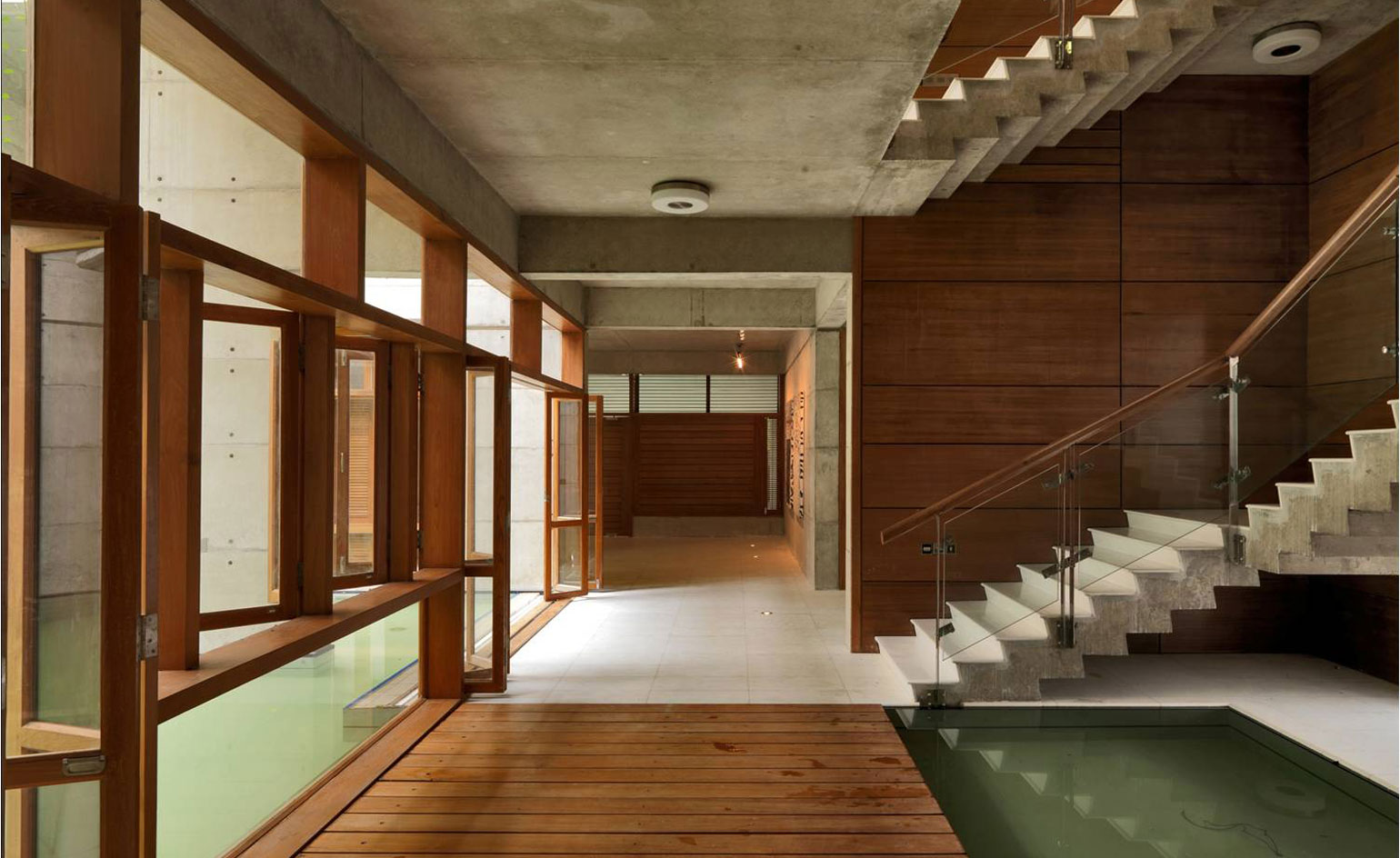
In the wake of partition, the Indian Prime Minister Jawaharlal Nehru enlisted Le Corbusier to build a new Punjab capital. The result, of course, was Chandigarh. A decade or so later, the Pakistani government invited their own super-star architect to built a new National Assembly for East Pakistan in Dhaka. Louis Kahn got the gig, though Le Corbusier and Alvar Aalto were apparently also considered.
Work started on Kahn’s complex in 1964 but it would take two decades to complete, by which time East Pakistan was Bangladesh and Kahn was eight-years dead. It is, though, his finest building; massive and seemingly out of the past and out of the future all at once.
From a western standpoint, it is easy to imagine that Kahn’s modernism was a complete novelty in the country. But 'Architecture in Bangladesh' – part of the third edition of the Dhaka Art Summit and curated by the Pompidou’s Aurélien Lemonier – makes clear that the country had already developed a domestic ‘humanist modernity’, particularly in the work of Muzharul Islam.
Islam had already designed a number of public buildings before the call went out to Khan. Indeed, it was Islam who had initially been tasked with the designing the National Assembly building and it was his idea to enlist Kahn, who had taught him at Yale (he would also bring Richard Neutra, Stanley Tigerman, Paul Rudolph, Robert Boughey and Constantinos Doxiadis to Bangladesh).
Lemonier’s exhibition looks at the legacy of Islam and Kahn, the role of architecture in building national identity and the later attempt to integrate culture, history and archeology to year-zero modernism. Crucially for Lemonier though, the exhibition is more than anything a showcase for a new generation of Bangladeshi architects whose concern is less the ‘horizontal axis of history’, as he puts it, than the ‘vertical axis of geography’. And Lemonier insists that architects in Europe and the US have a lot to learn from their response to the geography, in terms of sustainability, water management, and urban development.
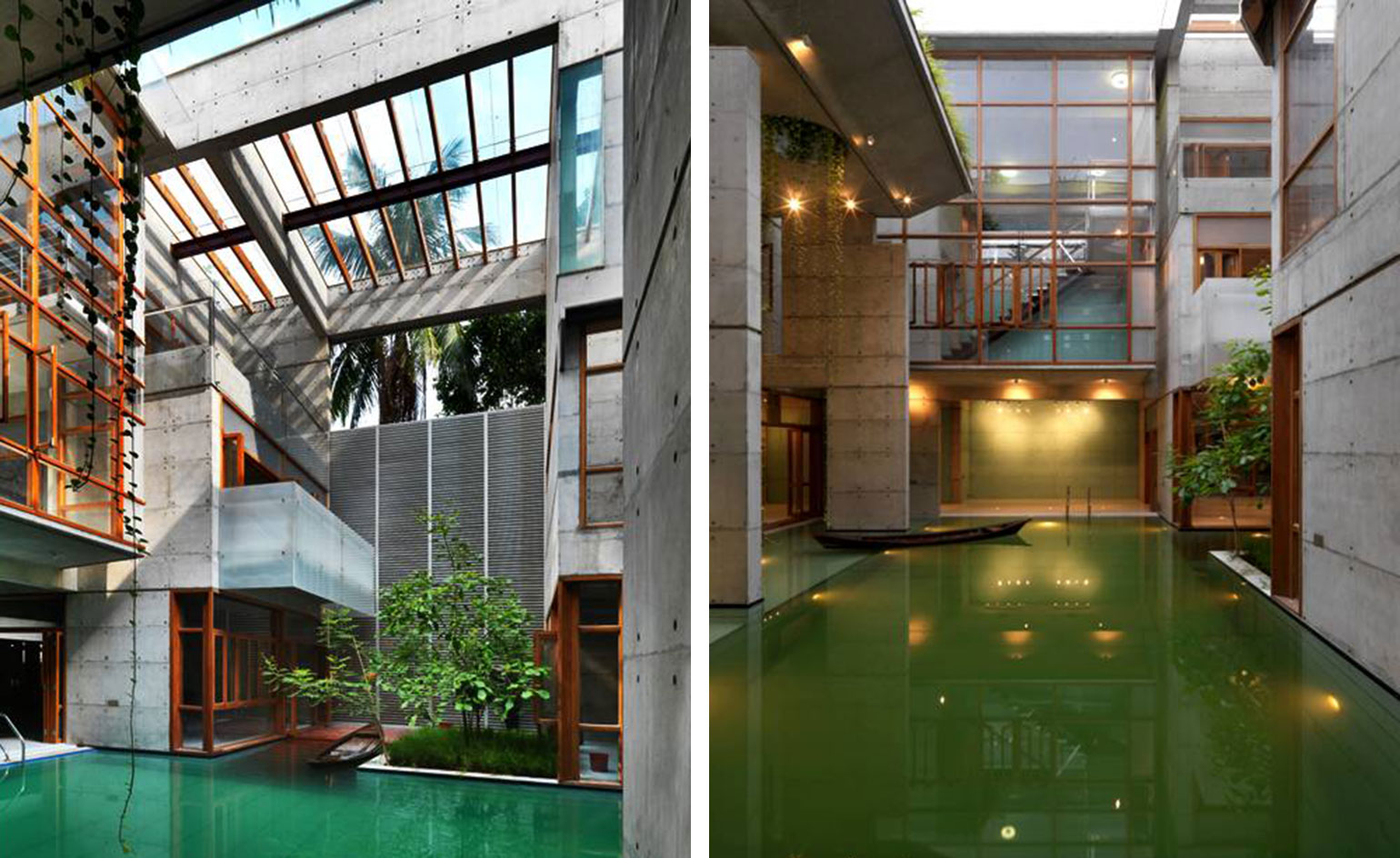
Completed in 2010, the SA Residence is a modernist private home.
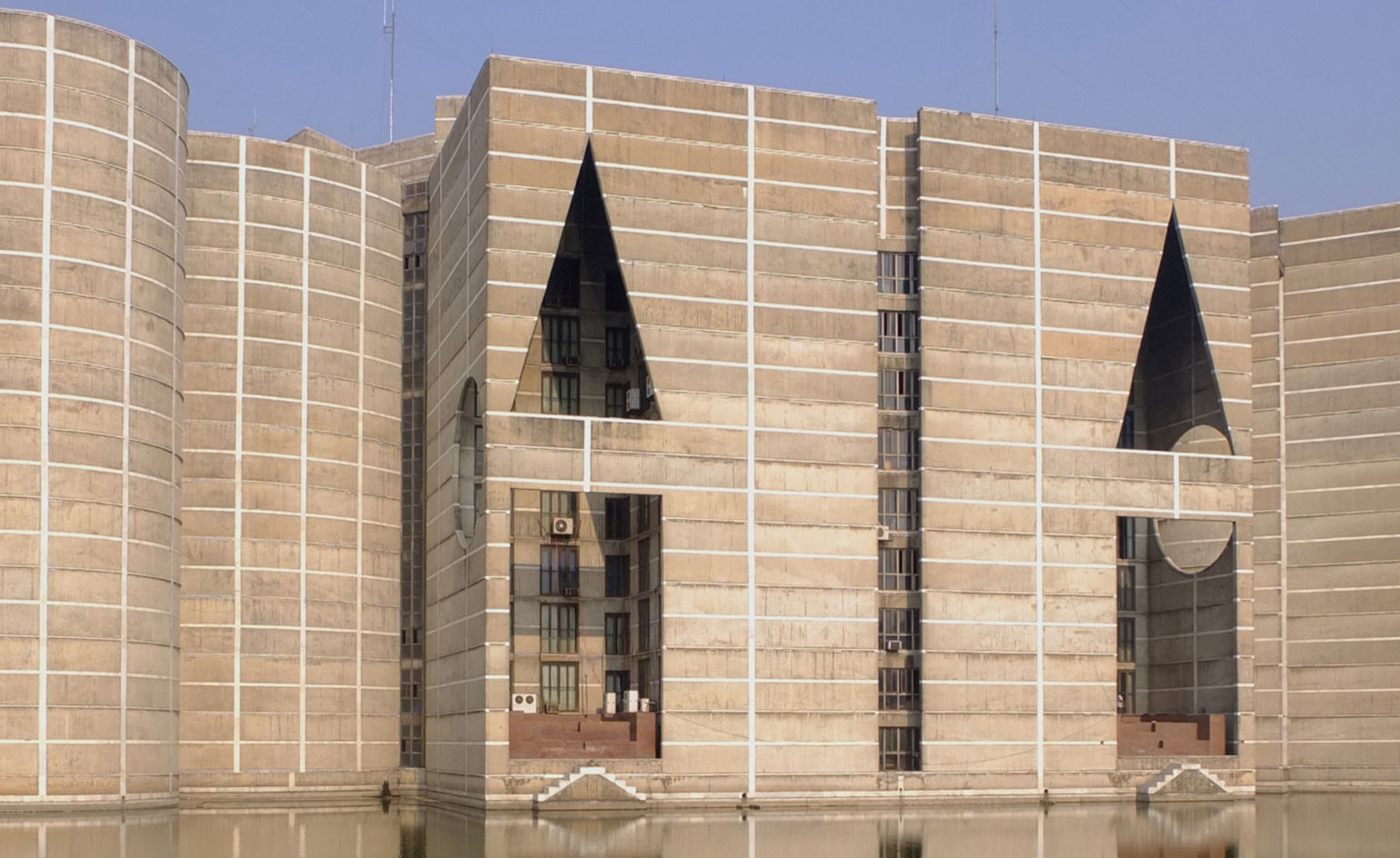
The exhibition, which is curated by the Pompidou’s Aurélien Lemonie, also takes a closer look at Louis Kahn’s landmark National Assembly for East Pakistan (now Bangladesh) in Dhaka. Pictured: National Assembly Building of Bangladesh, 1961–1982, by Louis Kahn Architects
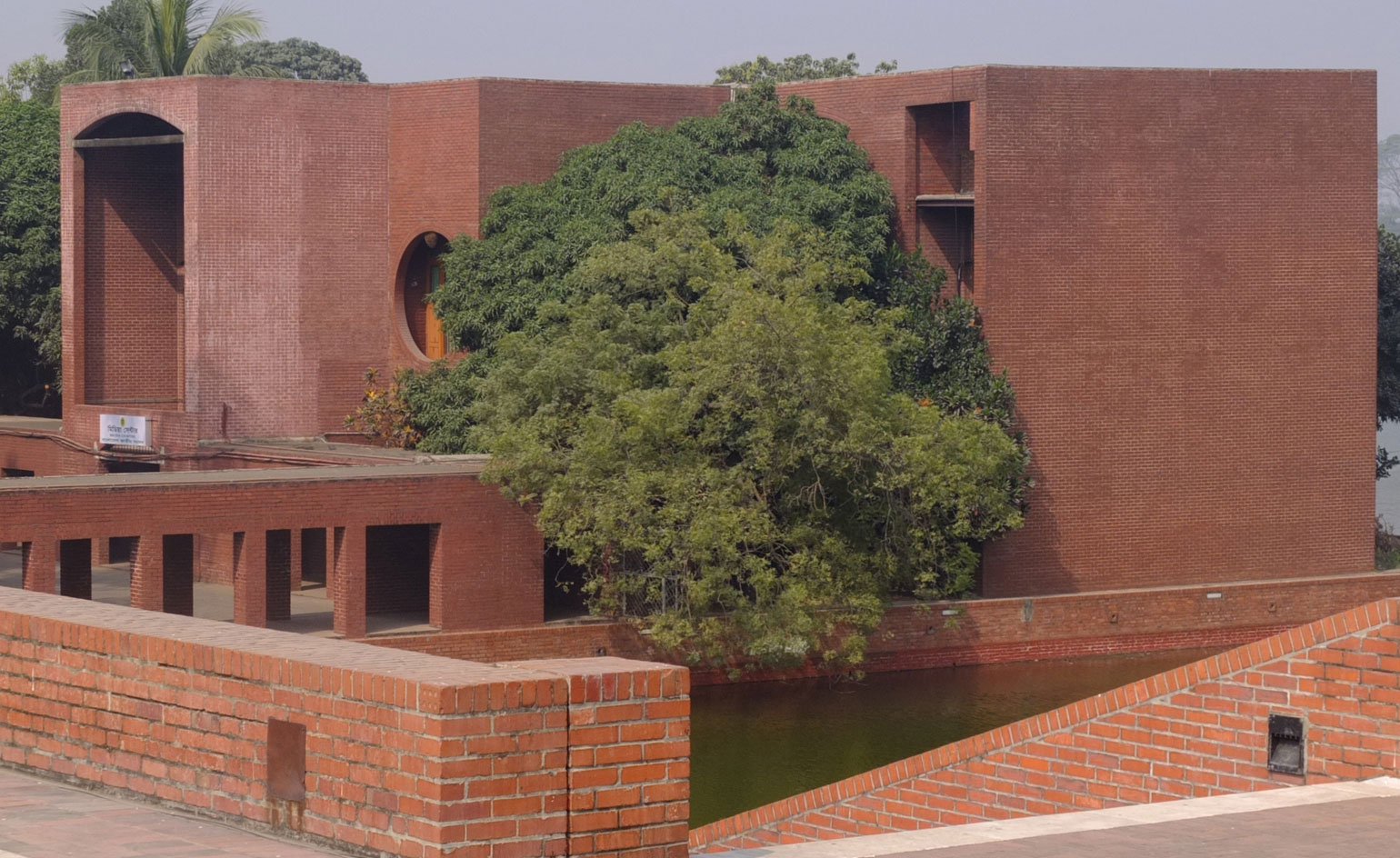
National Assembly Building of Bangladesh, 1961–1982, by Louis Kahn Architects
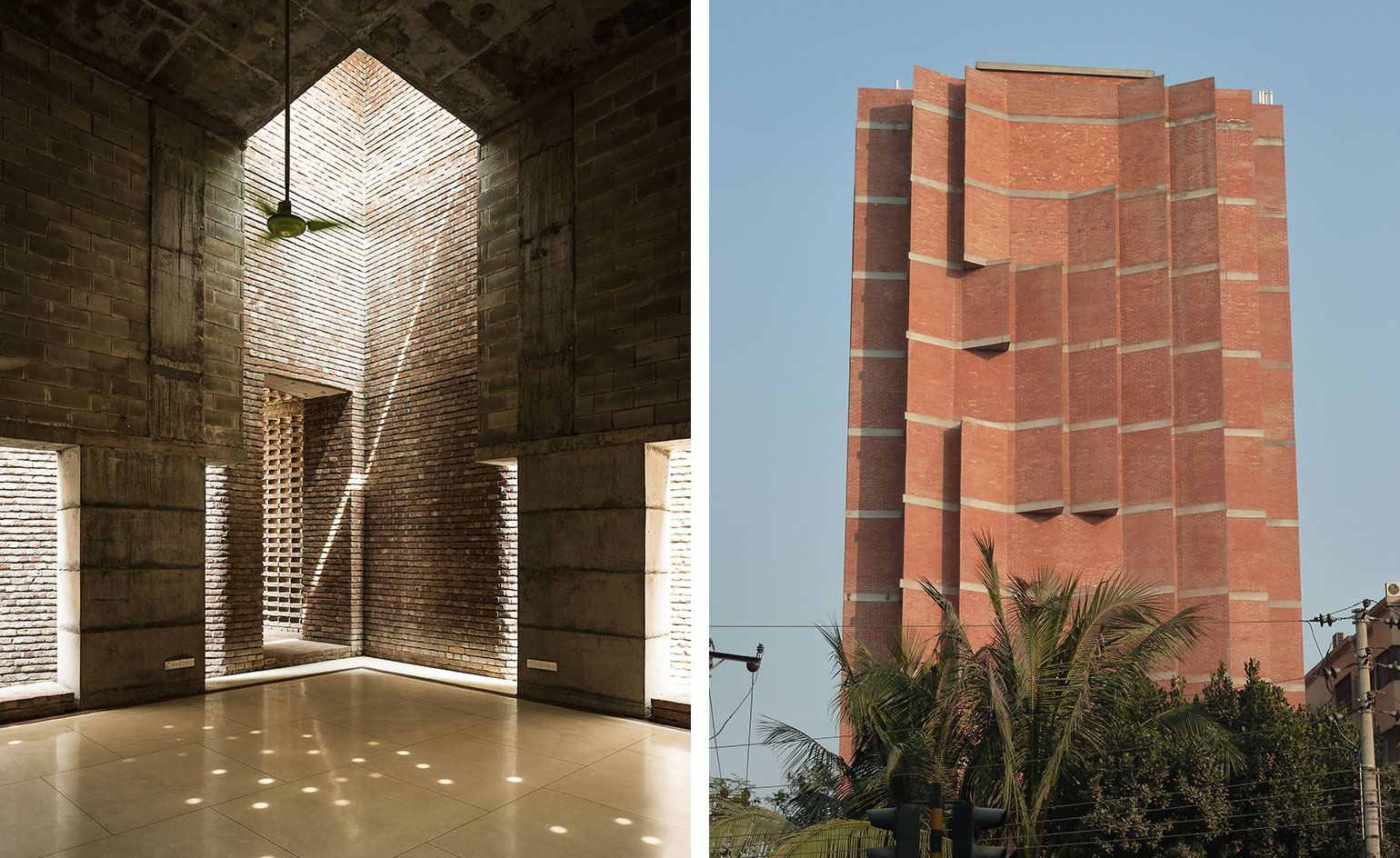
Baitur Rauf Jame Mosque, completed 2010, by Marina Tabassum Architects
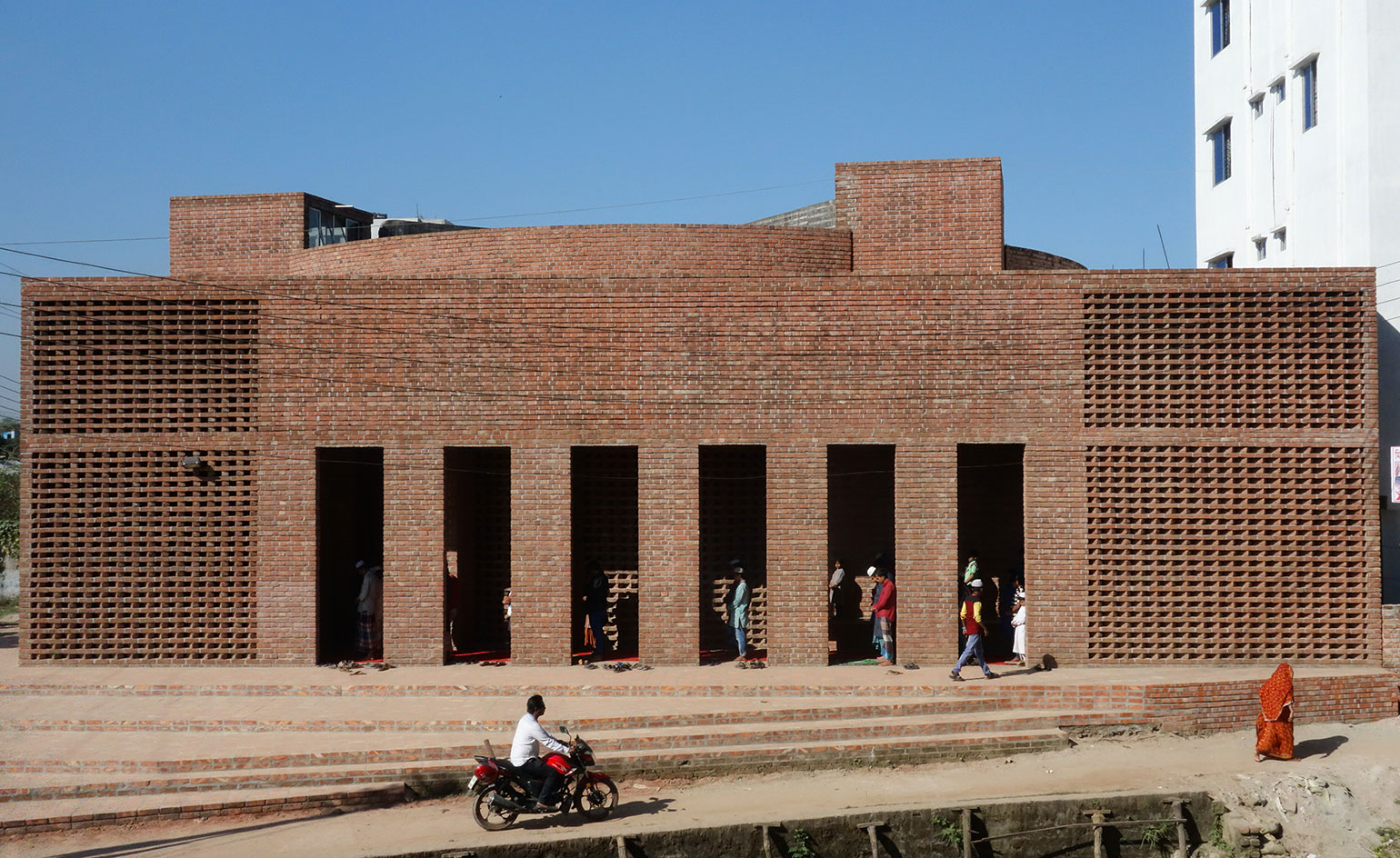
Baitur Rauf Jame Mosque, completed 2010, by Marina Tabassum Architects
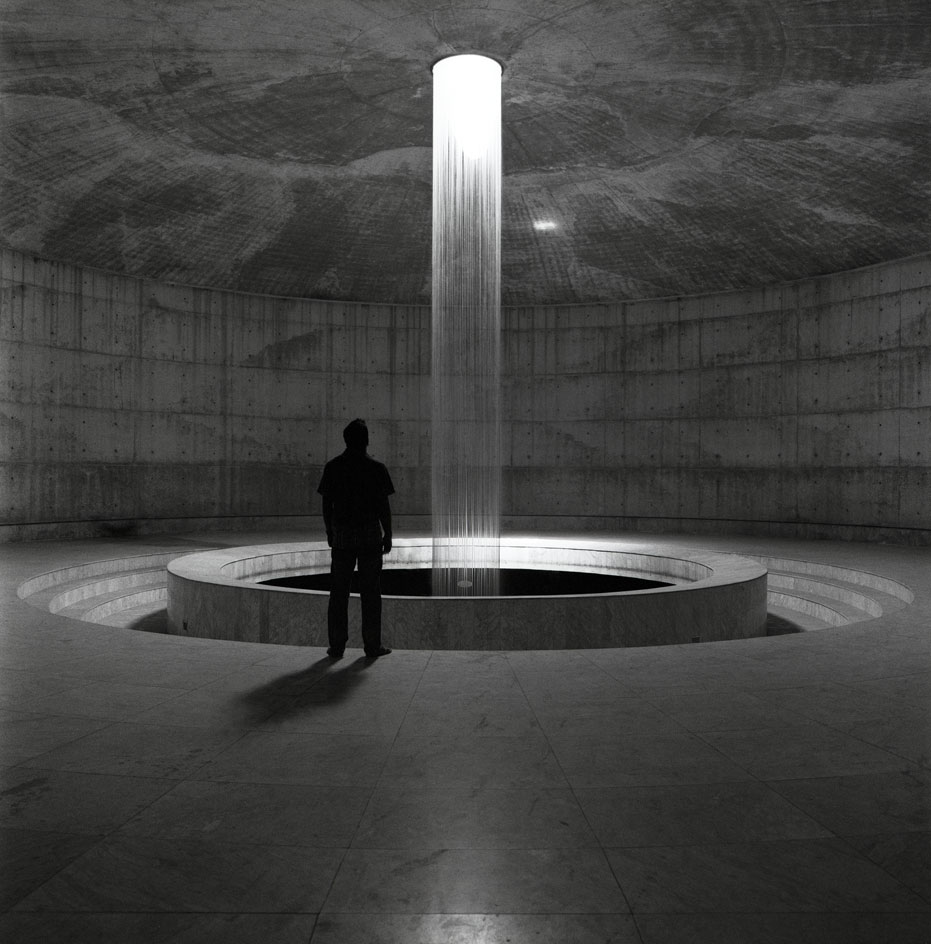
Column of water, Museum of Independence, Dhaka, by URBANA (Kashef Chowdhury and Marina Tabassum).
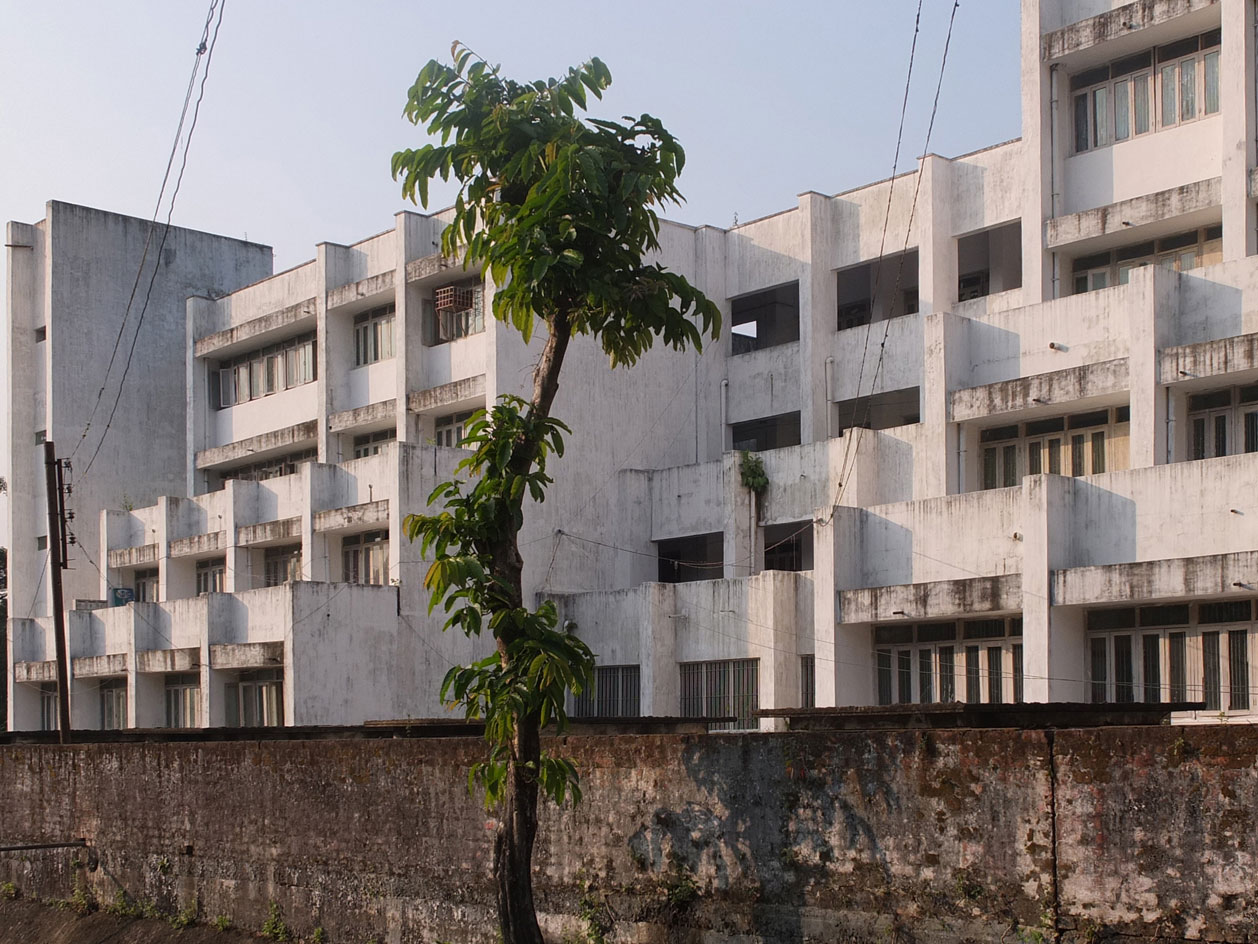
Chittagong University, 1968–1971, by Muzharul Islam
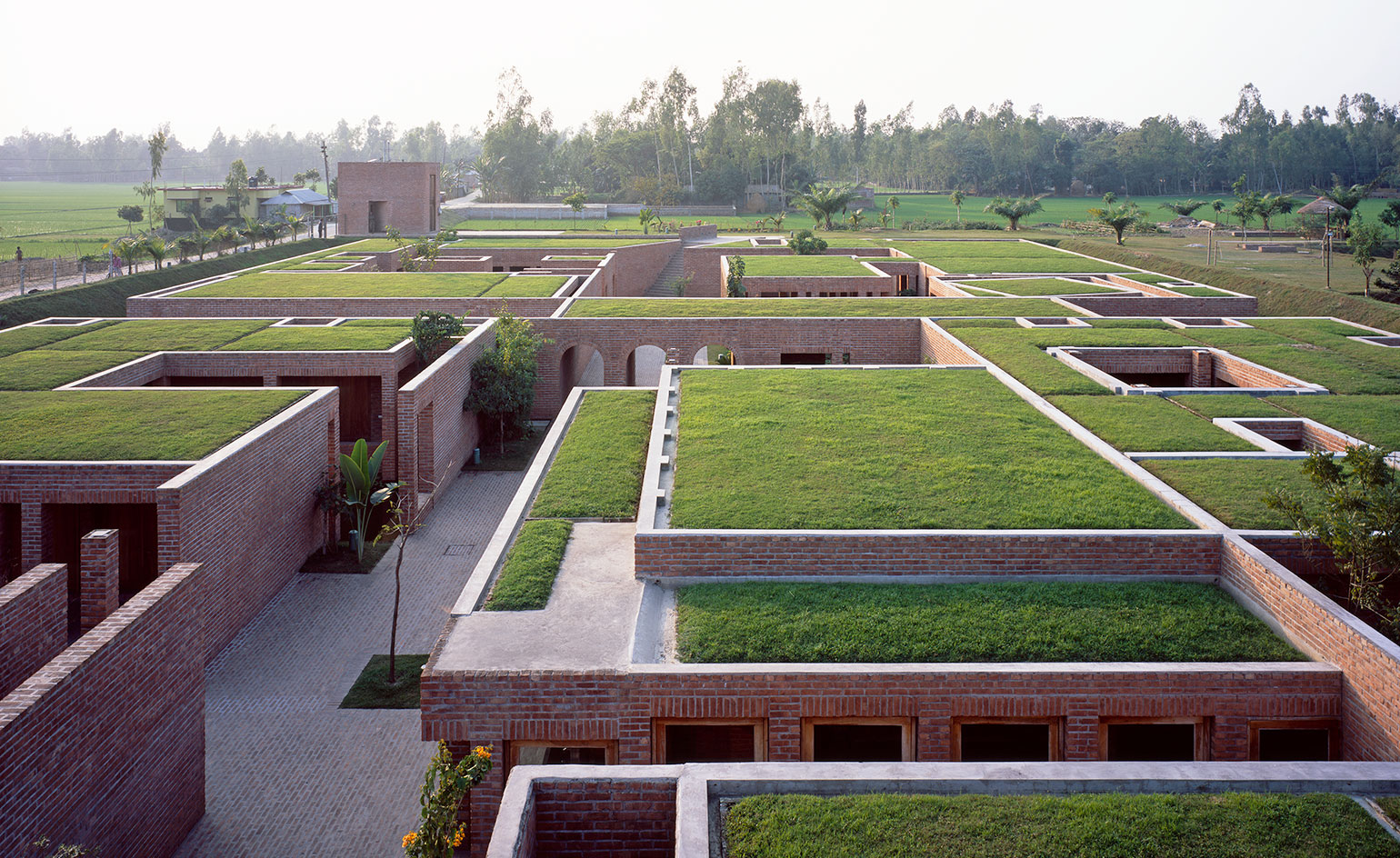
Roofscape of the Friendship Centre, 2011, by Kashef Chowdhury.
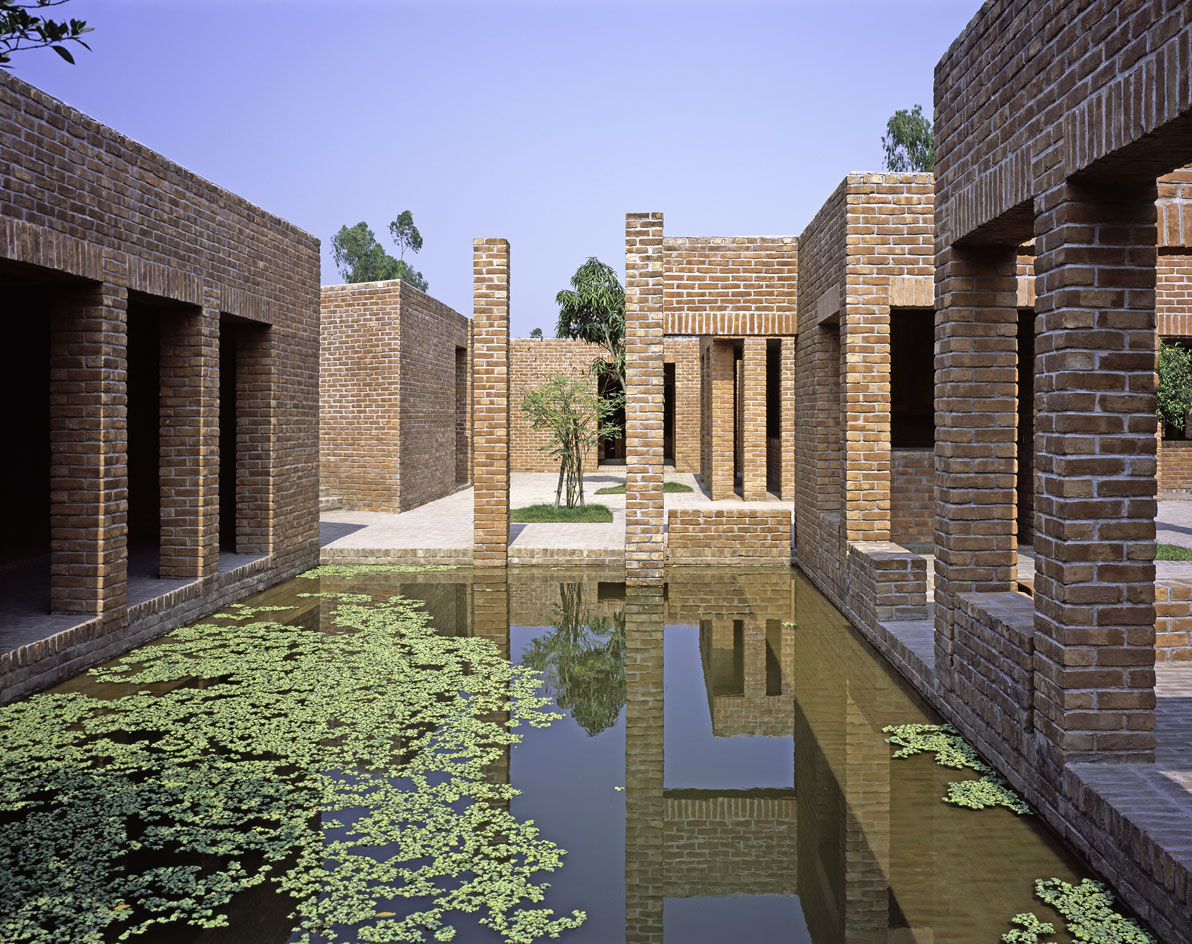
Pavilions and pools within the Friendship Centre, 2011, by Kashef Chowdhury.
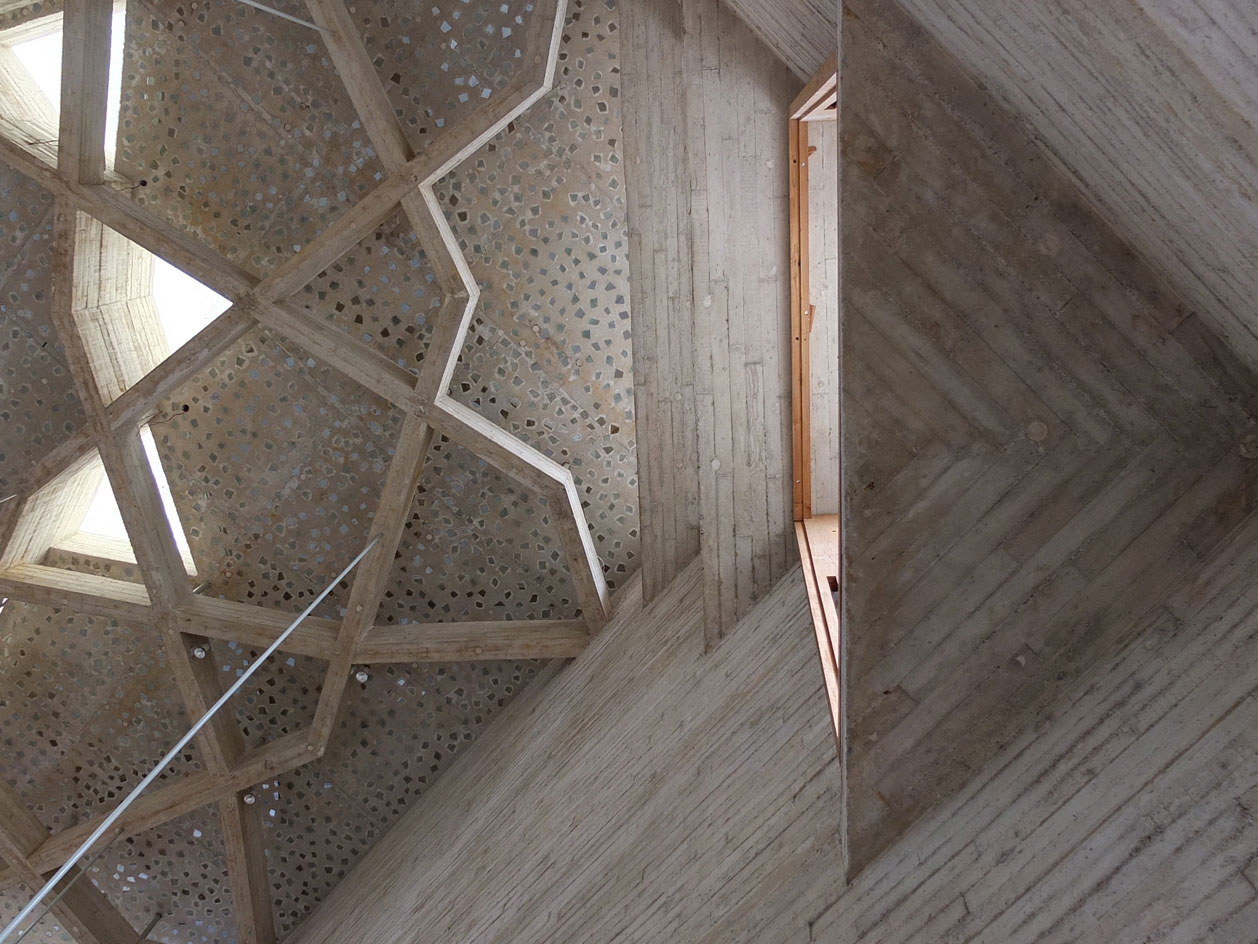
Mosque within Chittagong University, by URBANA
INFORMATION
For more information, visit the Dhaka Art Summit’s website
Receive our daily digest of inspiration, escapism and design stories from around the world direct to your inbox.
-
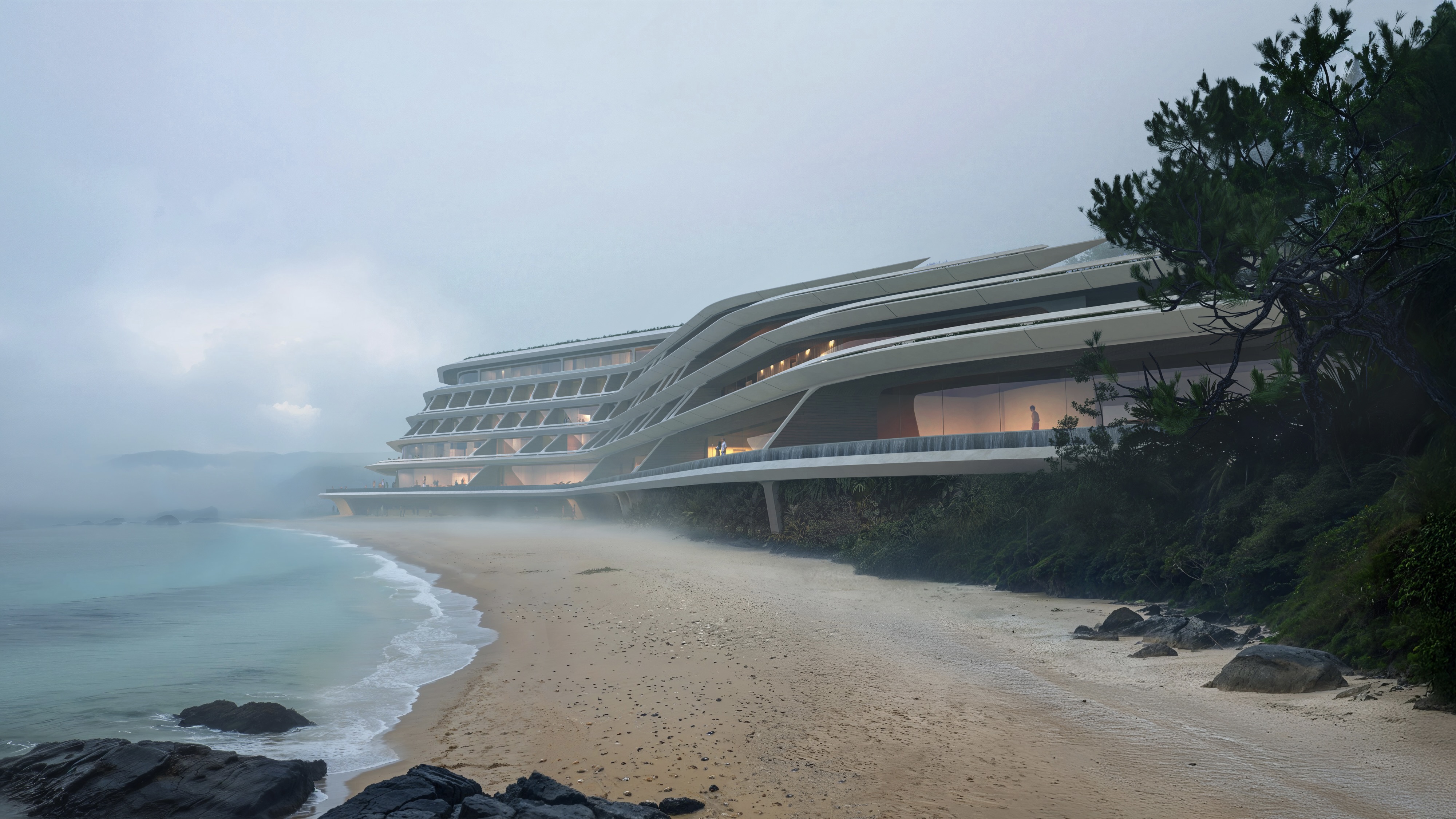 Curvilinear futurism meets subtropical beaches at Not A Hotel’s ZHA-designed Okinawa retreat
Curvilinear futurism meets subtropical beaches at Not A Hotel’s ZHA-designed Okinawa retreatZaha Hadid Architects has revealed the design for the first property in Not A Hotel’s futuristic new Vertex collection, coming soon to southern Japan
-
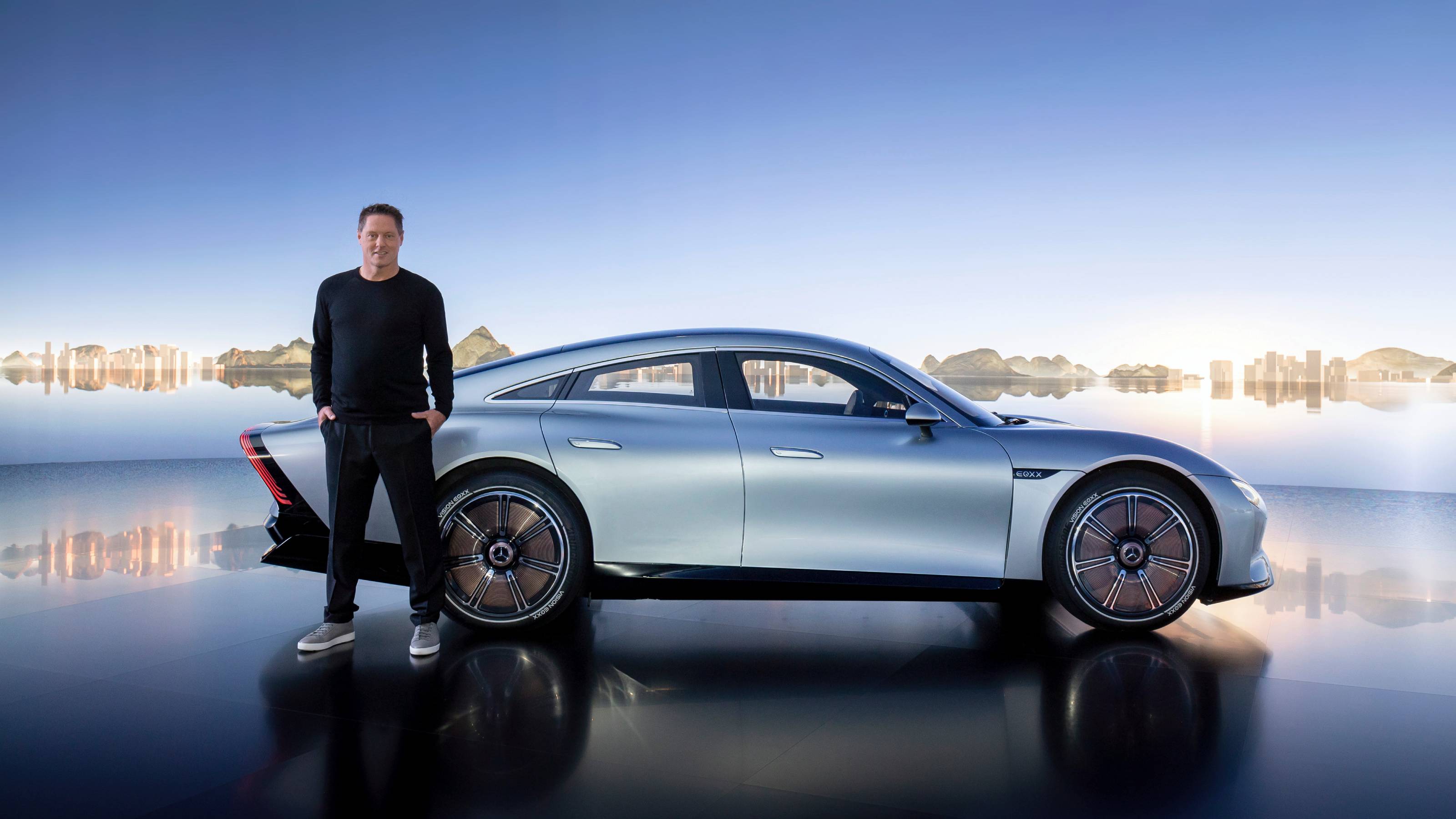 Gorden Wagener leaves the helm of Mercedes-Benz design after 28 years with the company
Gorden Wagener leaves the helm of Mercedes-Benz design after 28 years with the companyThe German designer is stepping down from the role of chief design officer at Mercedes-Benz. We look back at his influence and impact on the world of automotive and luxury design
-
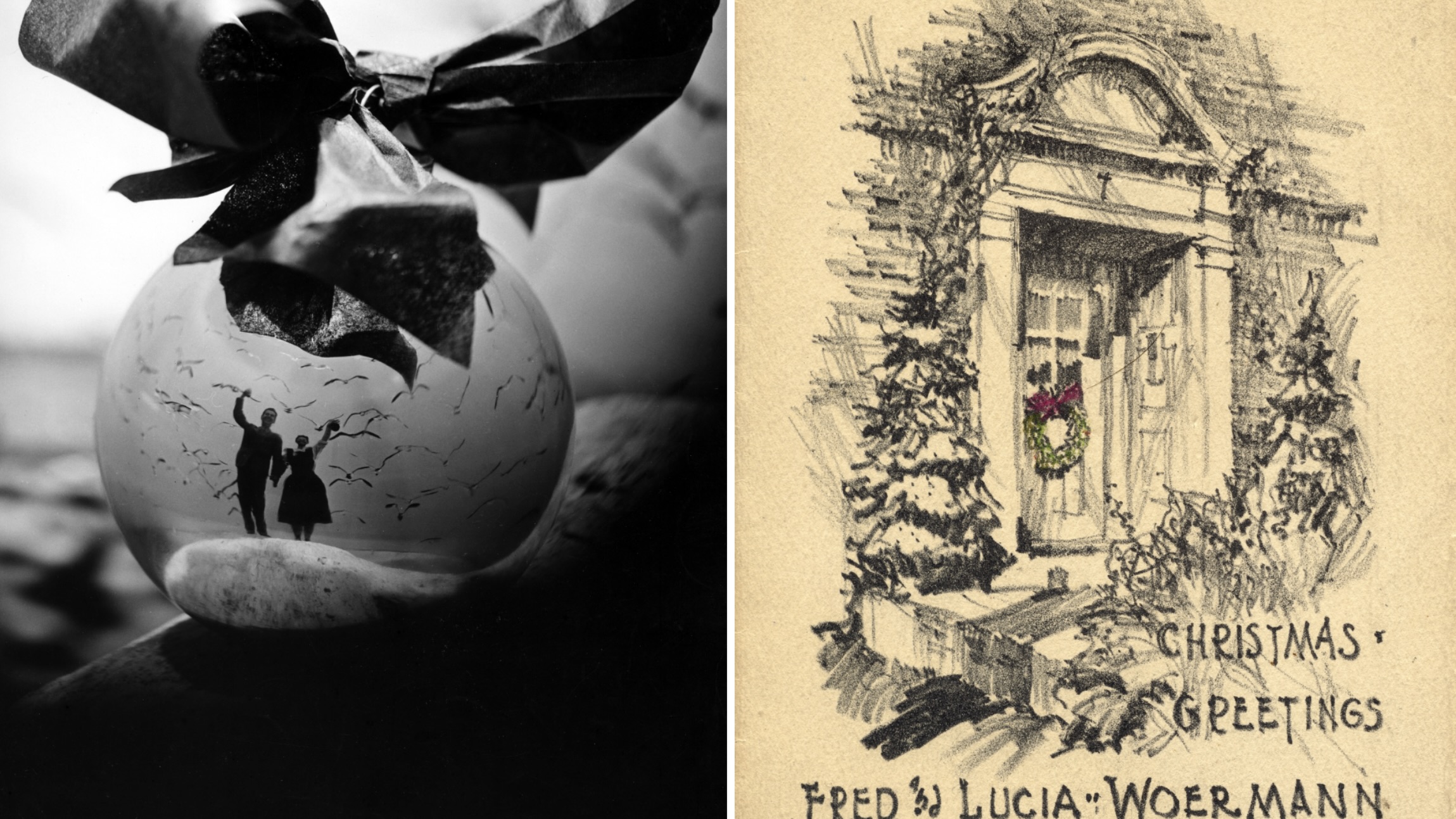 These Christmas cards sent by 20th-century architects tell their own stories
These Christmas cards sent by 20th-century architects tell their own storiesHandcrafted holiday greetings reveal the personal side of architecture and design legends such as Charles and Ray Eames, Frank Lloyd Wright and Ludwig Mies van der Rohe
-
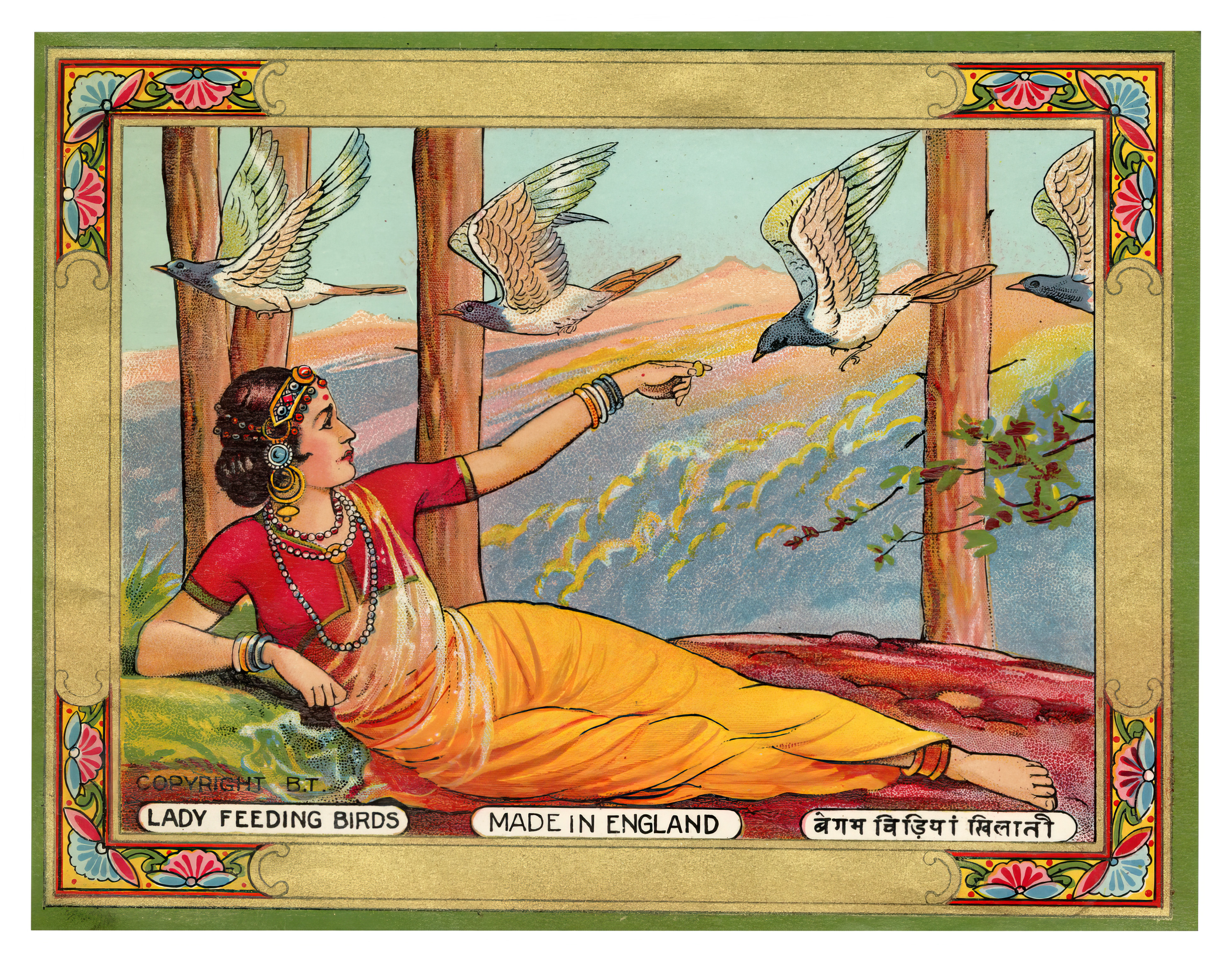 The art of the textile label: how British mill-made cloth sold itself to Indian buyers
The art of the textile label: how British mill-made cloth sold itself to Indian buyersAn exhibition of Indo-British textile labels at the Museum of Art & Photography (MAP) in Bengaluru is a journey through colonial desire and the design of mass persuasion
-
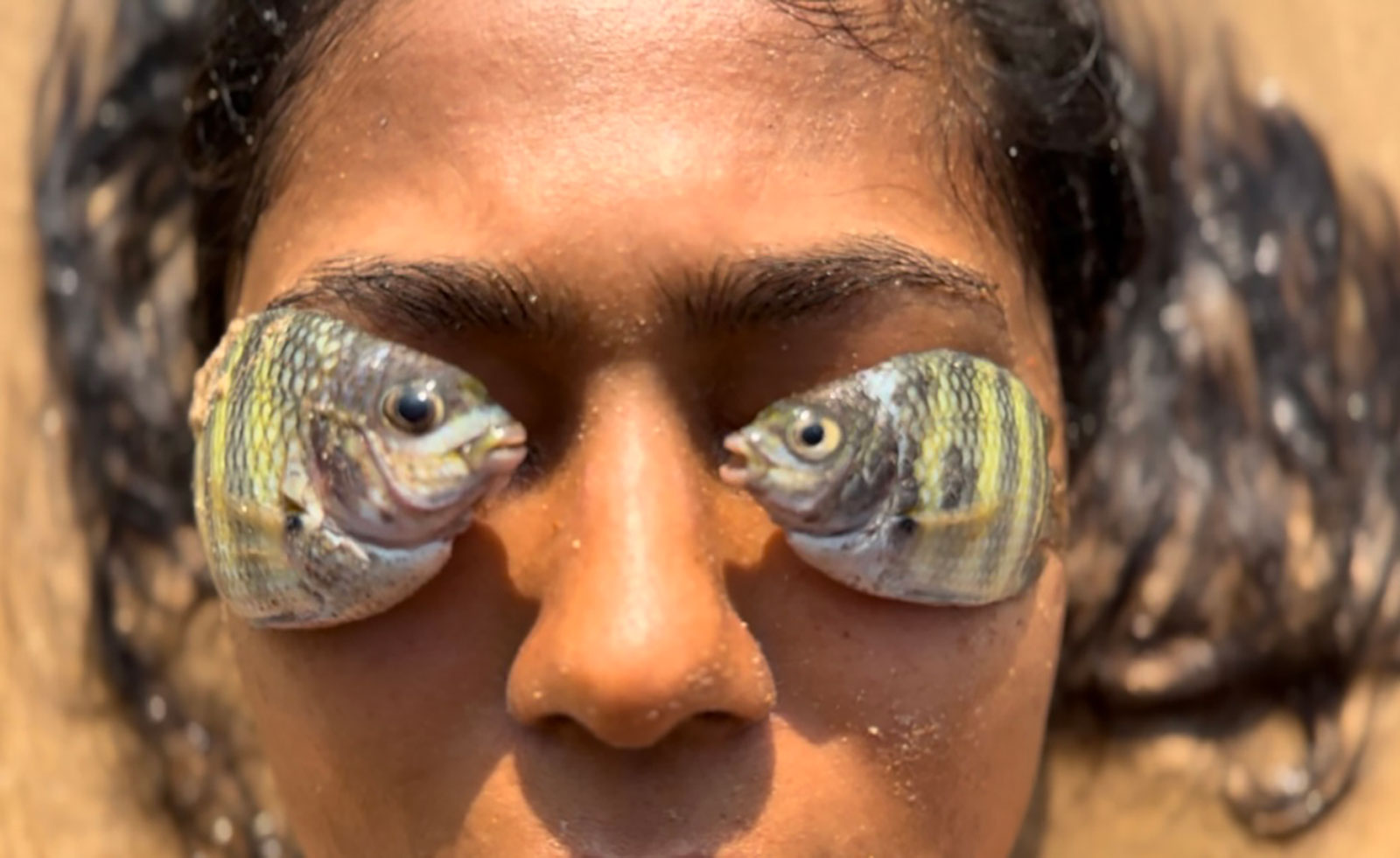 Inside India’s contemporary art scene
Inside India’s contemporary art sceneEmerging and established artists are bringing the spotlight to India, where Aastha D attended the recent India Art Fair
-
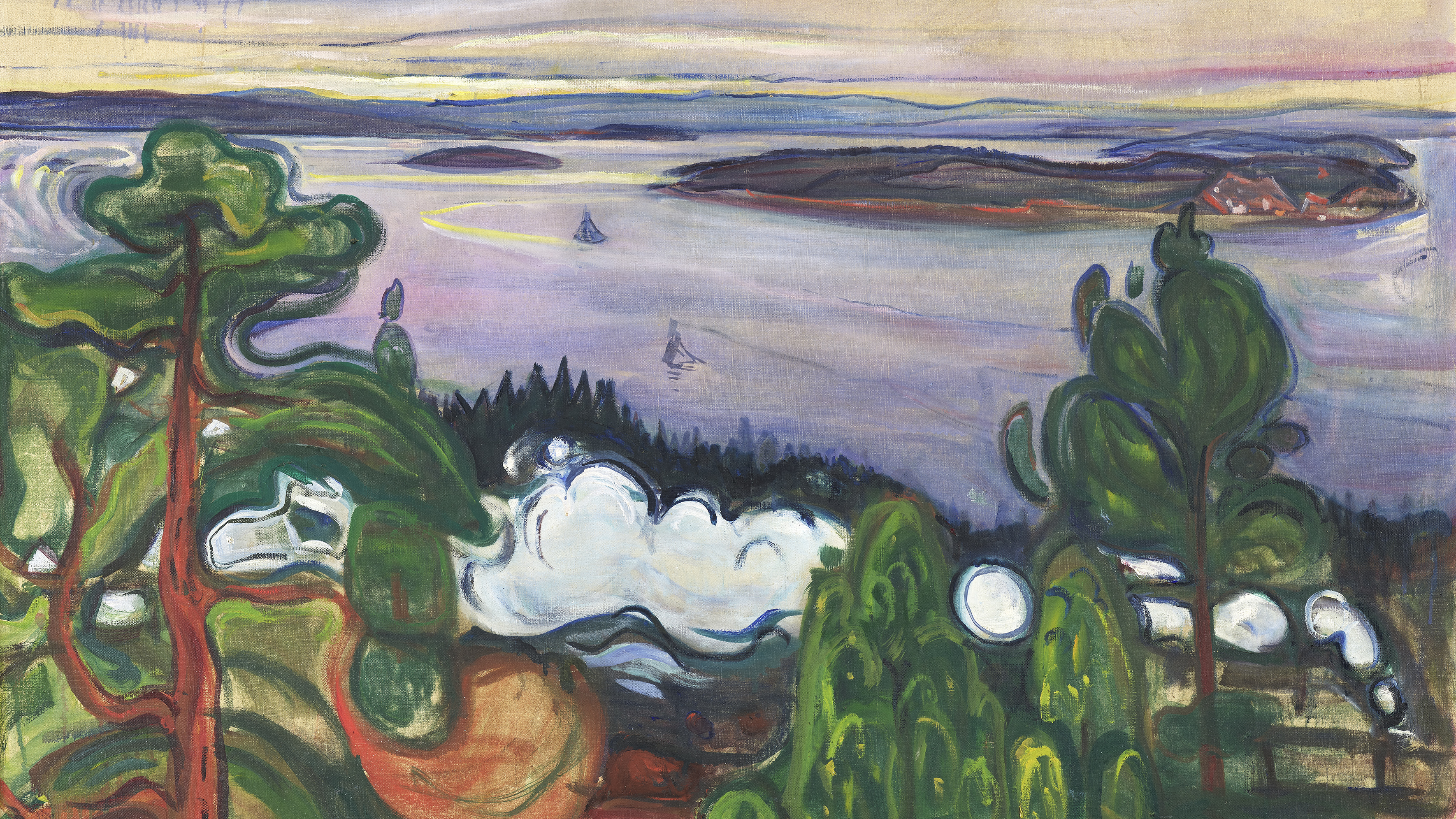 Switzerland’s best art exhibitions to see in 2025
Switzerland’s best art exhibitions to see in 2025Art fans, here’s your bucket list of the standout exhibitions to see in Switzerland in 2025, exploring compelling themes and diverse media
-
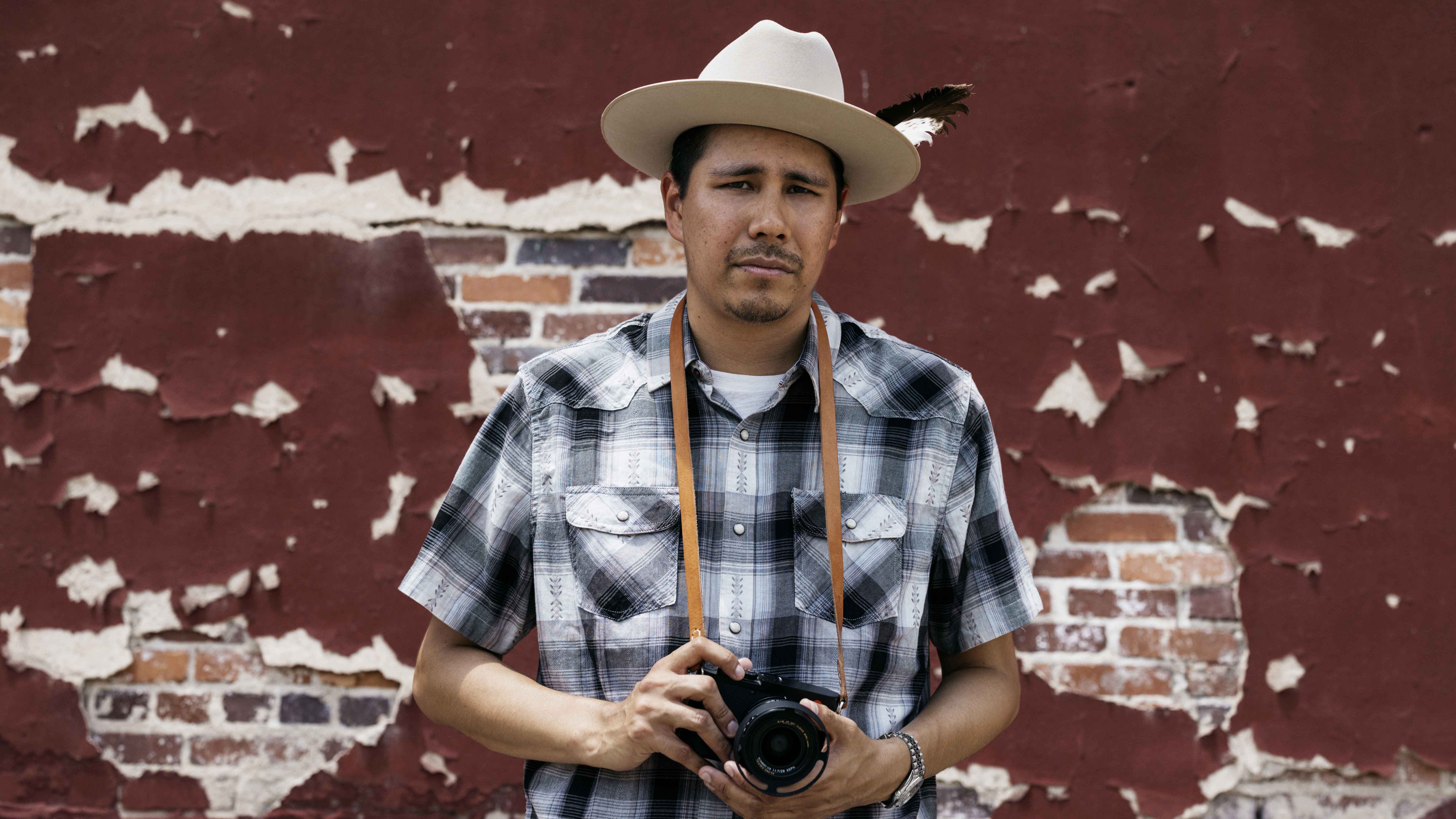 Kyle Bell's films are an expression of the indigenous experience in America
Kyle Bell's films are an expression of the indigenous experience in AmericaKyle Bell, who was mentored by Spike Lee as part of Rolex's Mentors and the Protégés programme, is a self-taught video maker from Tulsa, Oklahoma
-
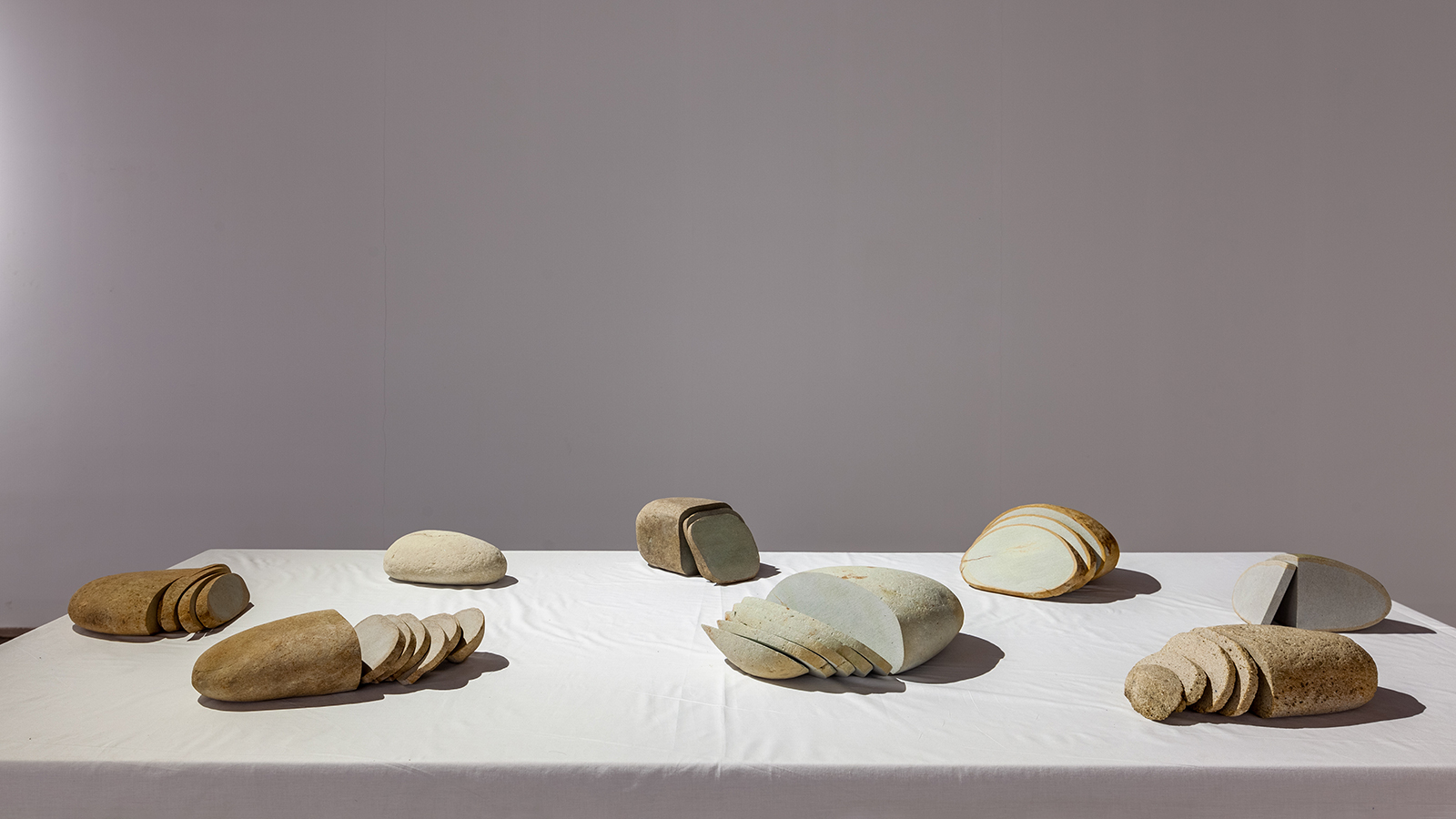 ‘In Our Veins Flow Ink and Fire’: a fervent return for India’s Kochi-Muziris Biennale
‘In Our Veins Flow Ink and Fire’: a fervent return for India’s Kochi-Muziris BiennaleIn its fifth edition, the postponed Kochi-Muziris Biennale surpasses the intersectional, collaborative essence of previous editions, writes Aastha D
-
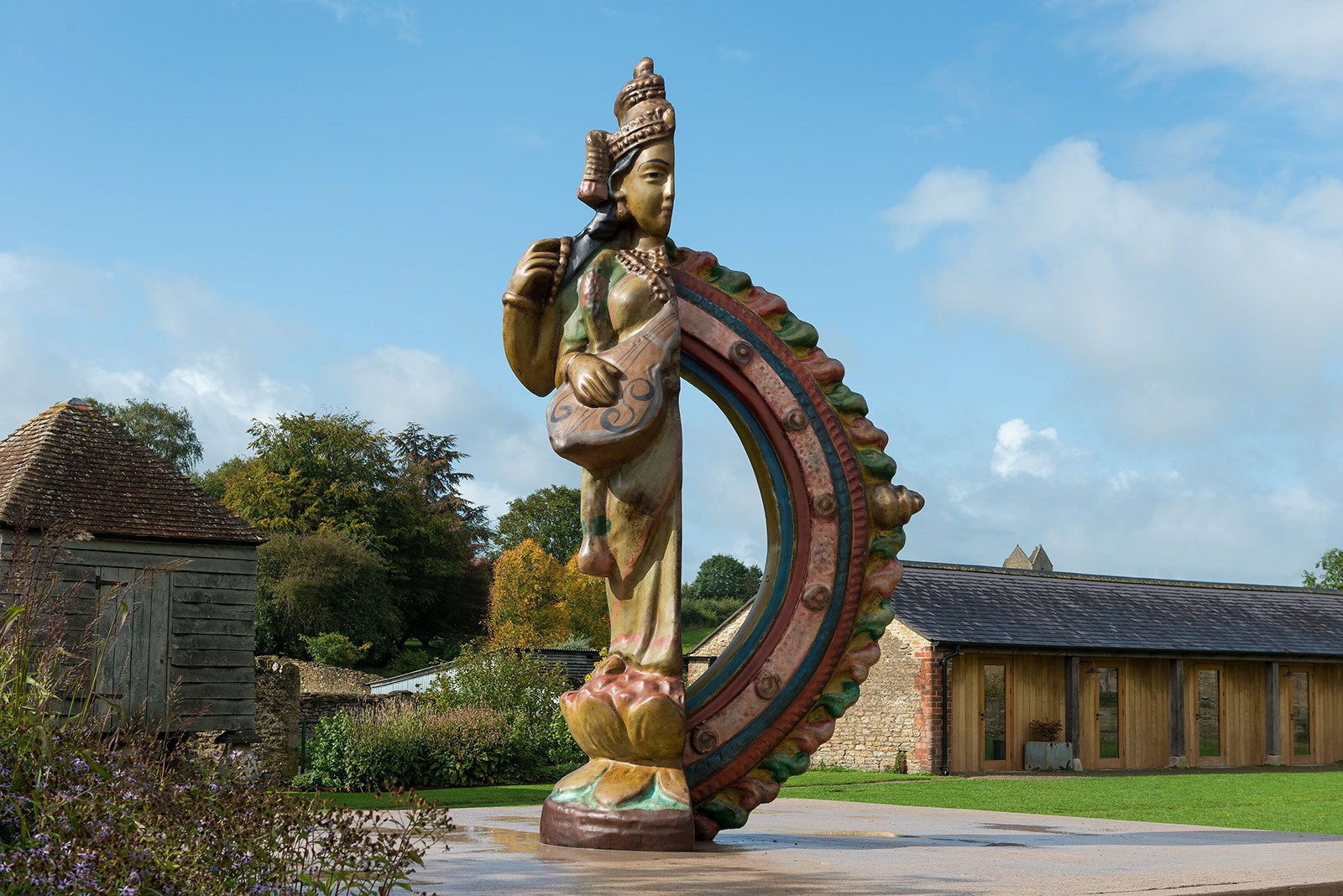 Bharti Kher escapes to Somerset in search of solitude
Bharti Kher escapes to Somerset in search of solitudeThe New Delhi-based artist presents an exhibition of new installation, painting and sculpture work following her 2017 residency at Hauser & Wirth Somerset
-
 Alex Israel mines Batman lore for Marseille exhibition
Alex Israel mines Batman lore for Marseille exhibitionThe Los Angeles-based artist commandeers the brutalist rooftop of Le Corbusier’s Unité d’Habitation with an homage to the Gotham superhero
-
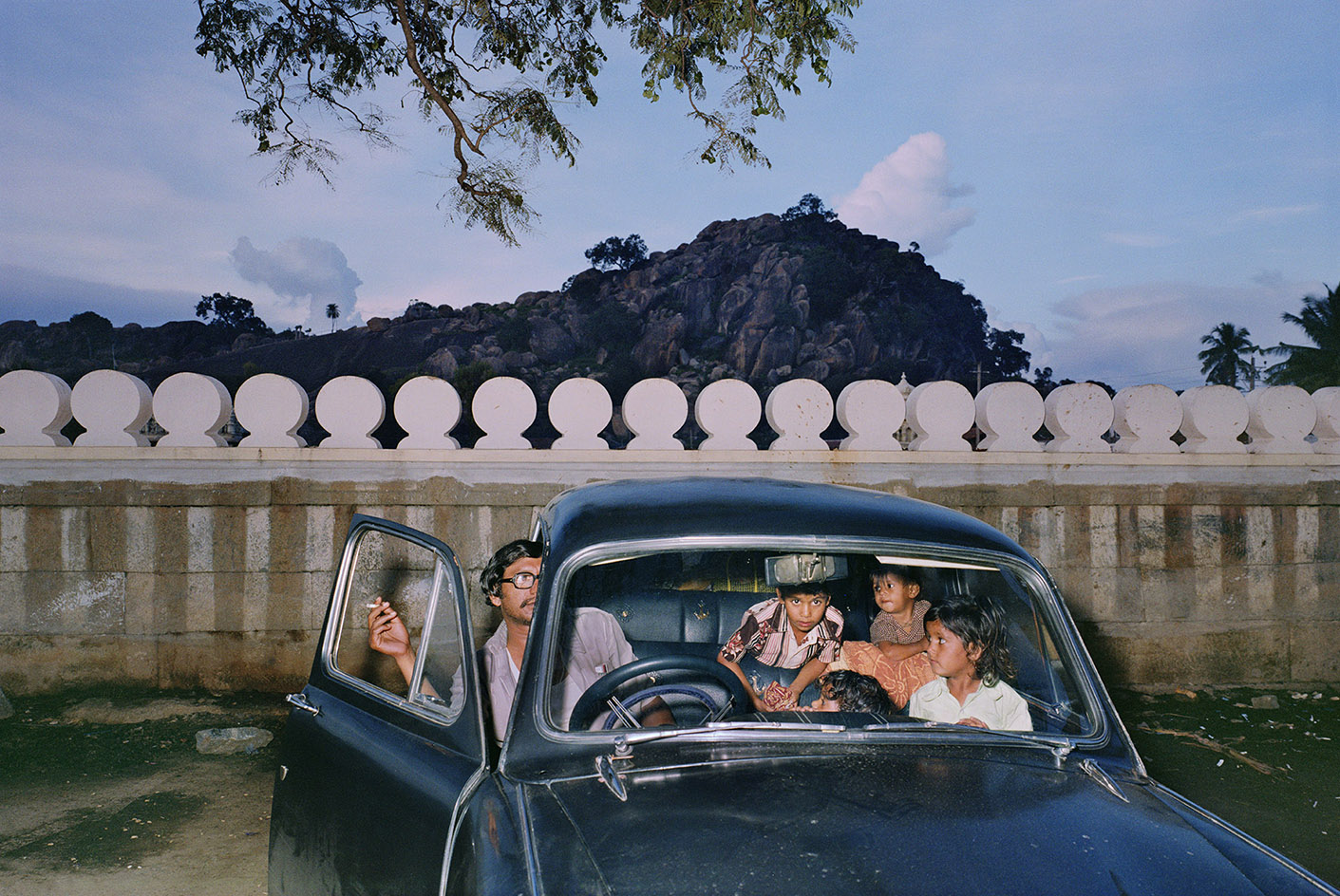 The Science Museum celebrates India’s scientific and cultural fabric with two illuminating shows
The Science Museum celebrates India’s scientific and cultural fabric with two illuminating shows